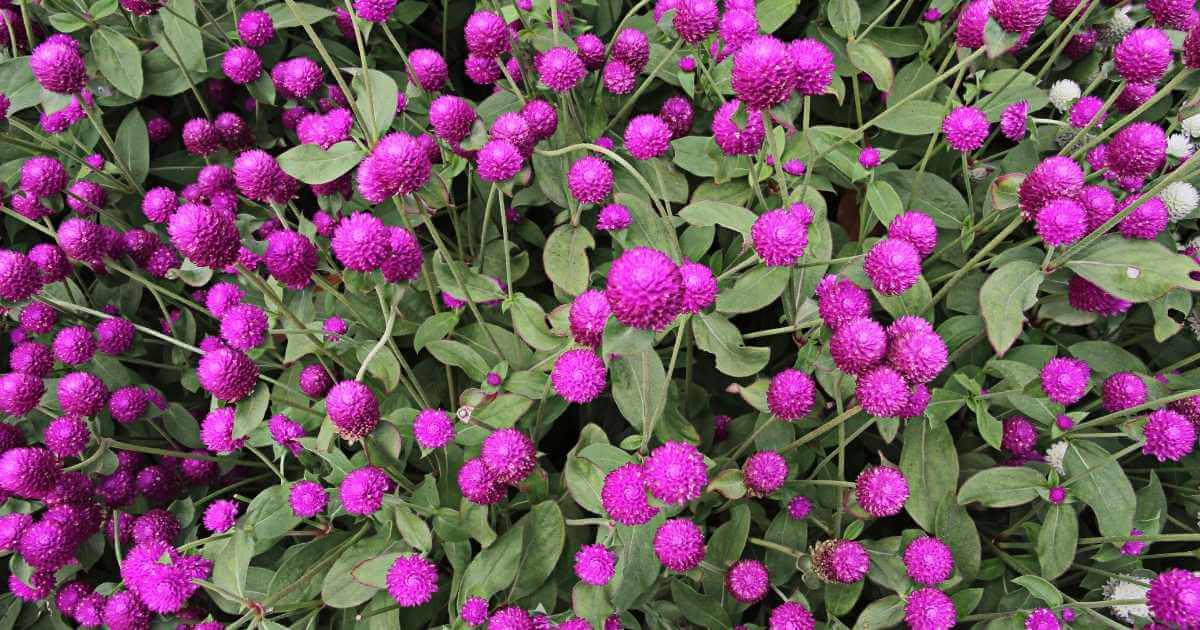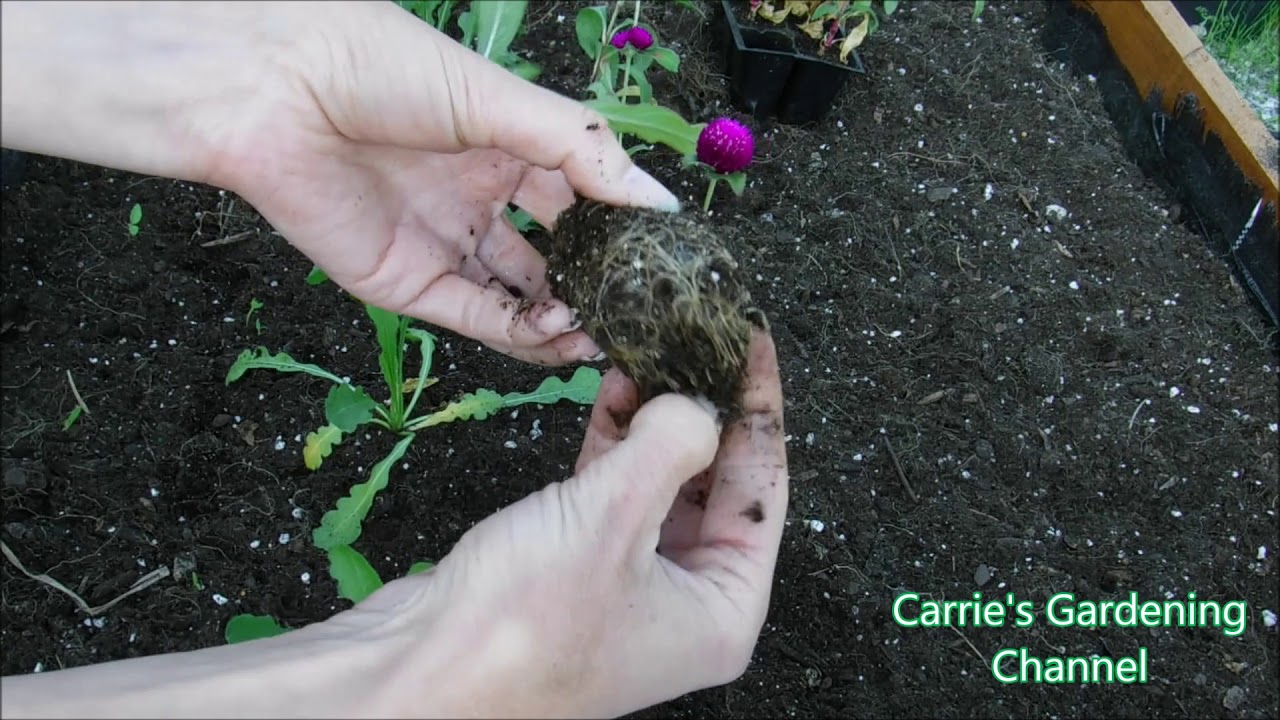To transplant a Gomphrena, dig a hole twice the size of the root ball, place the plant in the hole, and fill it with soil. Gomphrena transplantation involves digging a hole, placing the plant in it, and filling the hole with soil.

Credit: thedallasgarden.com
It is an important step in cultivating and maintaining the health of this flowering plant. Understanding the proper techniques for transplanting Gomphrena will ensure its successful growth and reproduction. This article provides helpful guidelines on how to transplant Gomphrena effectively.
Whether you are moving the plant to a new location or transferring it from a seed tray to a larger pot, these instructions will help you achieve the best results. Follow these steps to transplant your Gomphrena with ease and ensure its long-term viability.
Choosing The Right Time And Location For Transplanting Gomphrena
Determine the Ideal Time for Transplanting Gomphrena
Suitable Location for Transplanting Gomphrena
Prepare the Soil in the Chosen Location
Transplanting Gomphrena requires careful consideration of the timing and location. To determine the ideal time for transplantation, it is crucial to wait until the danger of frost has passed and the weather has consistently warmed up.
Similarly, finding a suitable location for Gomphrena is essential as it thrives well in full sun exposure, with at least 6 hours of sunlight per day. The chosen location should also have well-drained soil to avoid water stagnation. Preparing the soil is a crucial step in Gomphrena transplantation.
Ensure the soil is loosened and free from weeds by tilling the area and removing any unwanted vegetation. Incorporating organic matter, such as compost, into the soil can improve its fertility and drainage, giving the Gomphrena the best chance of thriving in its new location.
How to Transplant a Gomphrena : Step by Step Guide
Preparing The Gomphrena Plant For Transplanting
In order to successfully transplant a Gomphrena plant, it is important to follow a few key steps. First, make sure to water the plant adequately prior to transplanting. This will help ensure that the roots are well hydrated and will ease the transition to a new location.
Next, trim the excess foliage and flowers from the plant. This will reduce stress on the plant during the transplanting process and allow it to focus its energy on establishing new roots.
When digging up the Gomphrena plant, take care to do so gently and with caution. Use a shovel or garden fork to loosen the soil around the plant, being careful not to damage the roots. Lift the plant from the ground, keeping as much of the root ball intact as possible.
Transplanting The Gomphrena Plant
To transplant a Gomphrena plant, start by digging a hole in the new planting location. Make sure the hole is deep and wide enough to accommodate the plant’s root ball. Gently place the Gomphrena plant in the hole, ensuring that the top of the root ball is level with the surrounding soil. Backfill the hole with soil, firming it gently around the plant to eliminate any air pockets. Avoid compacting the soil too much, as this can prevent proper water drainage.
After transplanting, be sure to water the Gomphrena plant thoroughly to help it establish its root system. Provide regular waterings in the following weeks to ensure adequate moisture. Additionally, mulching around the plant can help retain moisture and suppress weeds.
Caring For Transplanted Gomphrena
Transplanting Gomphrena requires proper care to ensure its successful growth. After transplanting, **water the plant thoroughly** to provide it with enough moisture. This helps the plant establish its roots in the new location. To retain moisture around the plant, **mulch the soil**. This acts as a protective layer and prevents water evaporation.
Regularly **monitor the plant for signs of stress** such as wilting or yellowing leaves. If you notice any of these signs, provide the necessary care immediately. This may include adjusting the watering schedule, ensuring proper sunlight exposure, or addressing any pest issues. By providing adequate water, mulching the soil, and monitoring the plant for stress, you can support the healthy growth of your transplanted Gomphrena.
Frequently Asked Questions On How To Transplant A Gomphrena
Does Gomphrena Transplant Well?
Gomphrena transplanting is successful, as it adapts well to new environments and grows easily.
How Do You Transplant Gomphrena Seedlings?
Transplant gomphrena seedlings by gently removing them from the container and transferring them to a prepared garden bed.
Where Is The Best Place To Plant Gomphrena?
The best place to plant gomphrena is in a sunny location with well-drained soil.
Do Gomphrena Come Back Every Year?
Yes, gomphrena plants come back every year due to their perennial nature.
Conclusion
Transplanting a gomphrena plant can be a simple process with the right knowledge and techniques. By following these steps, you can ensure that your gomphrena survives and thrives in its new location. Remember to choose a suitable transplanting time, prepare the new soil properly, and handle the plant with care.
Providing adequate watering and necessary aftercare will further support its successful adaptation. Whether you are moving a gomphrena to improve its growth or to beautify a different area of your garden, these guidelines will surely help you achieve your desired results.
By transplanting gomphrena, you can enjoy its vibrant and long-lasting blooms in new areas or share its beauty with others. So grab your gardening tools and get ready to embark on a rewarding process of transplanting gomphrena today!

